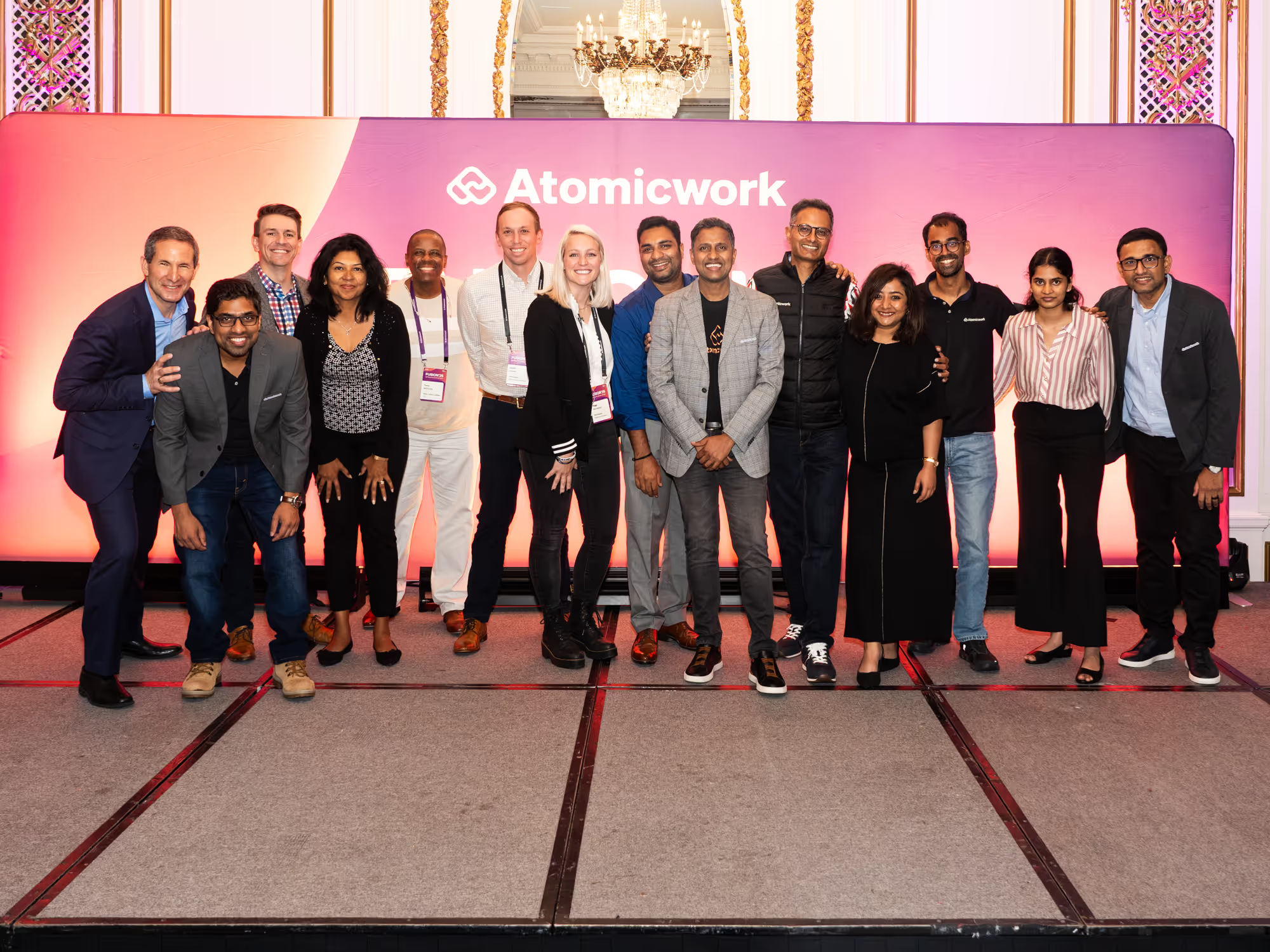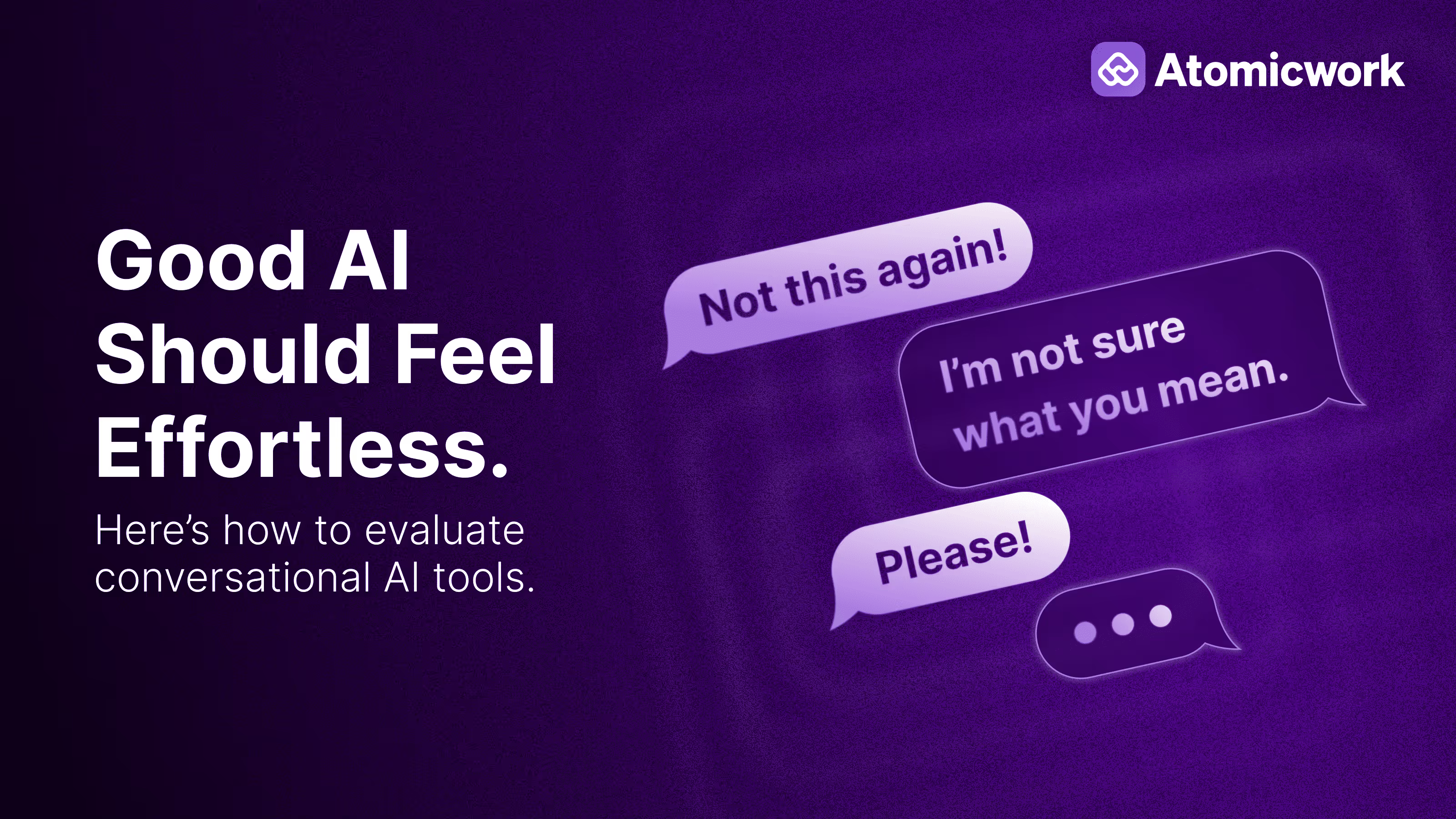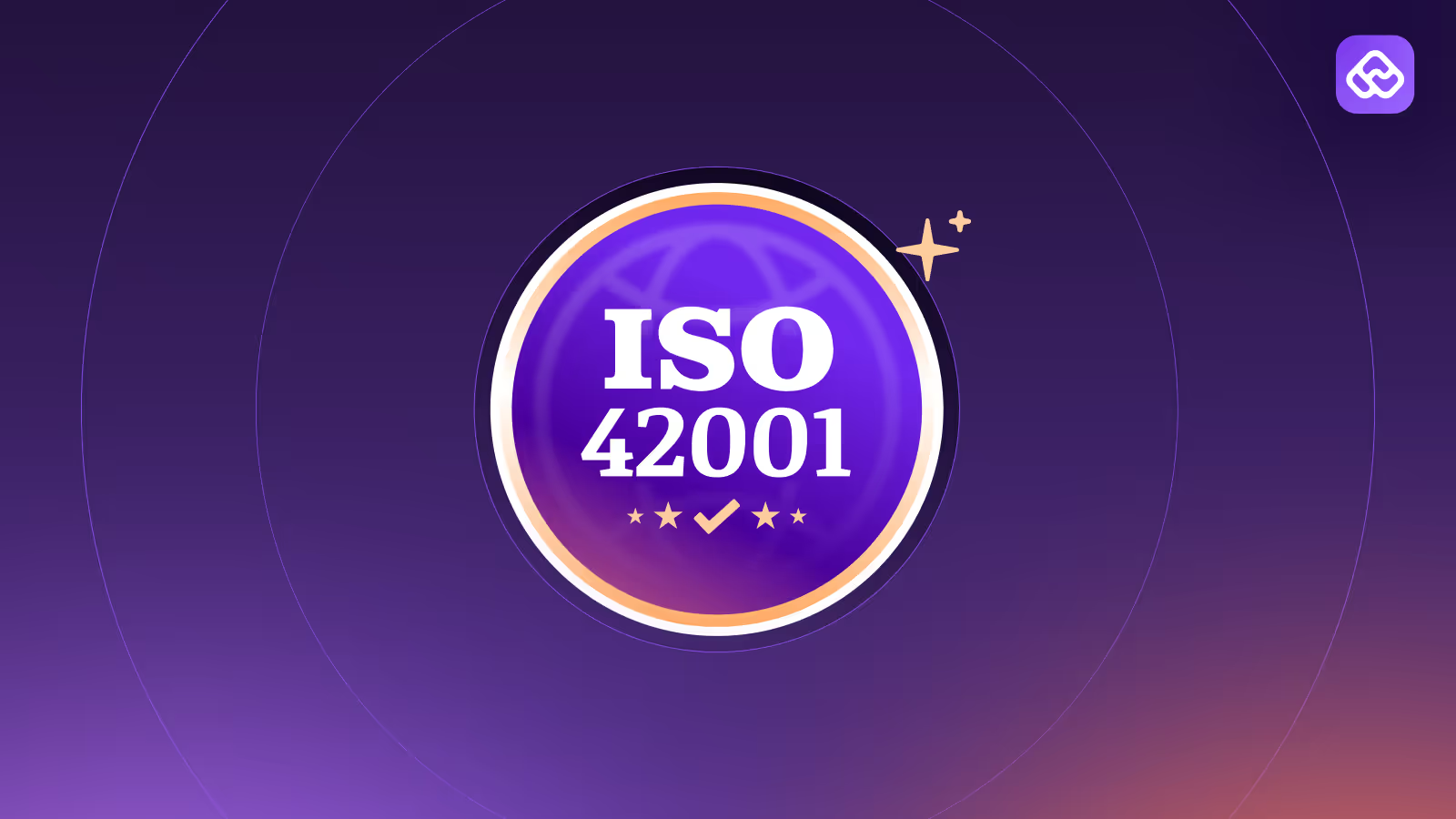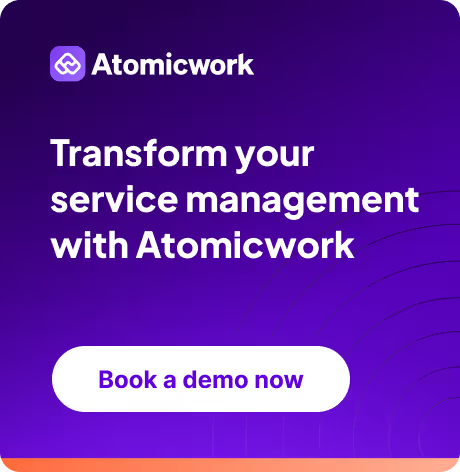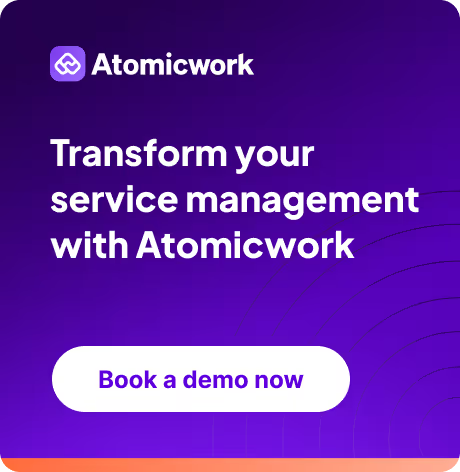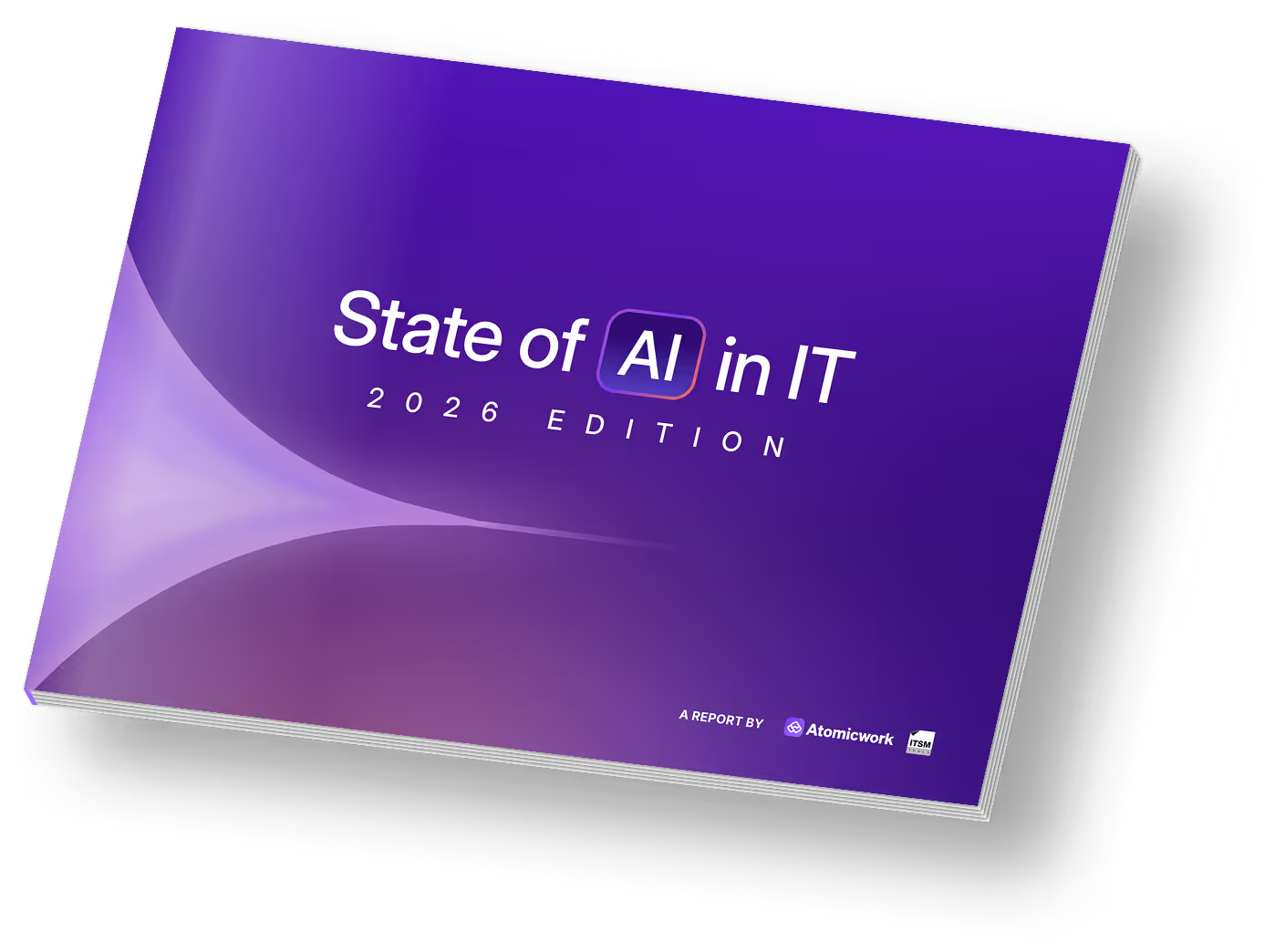7 Lessons from AI leaders on deploying AI in enterprises
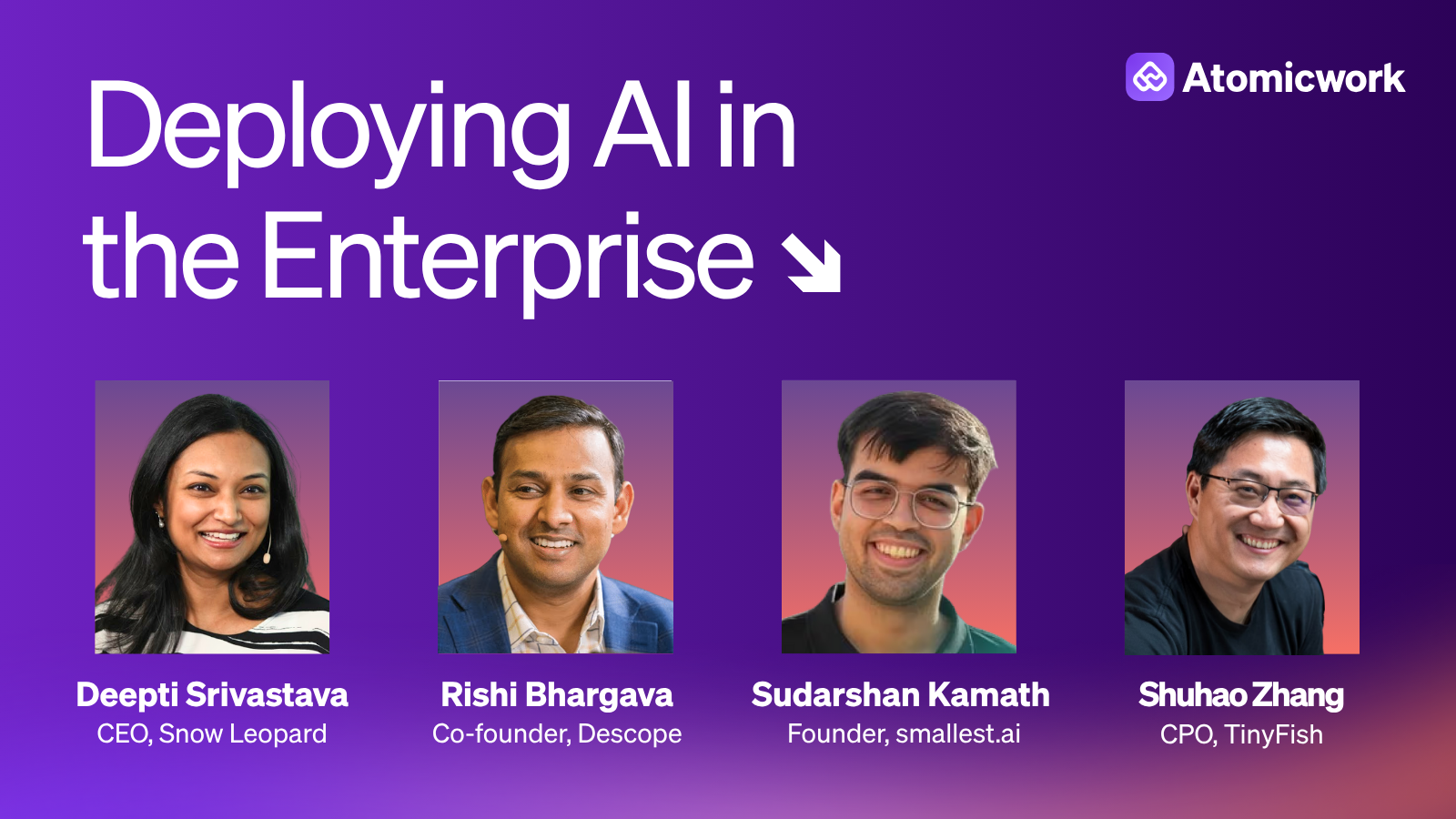
Enterprises are racing to operationalize AI. Yet, a May 2025 Gartner study reveals that 72% of organizations are either breaking even or losing money on their AI investments. Yes, the pilots and proofs of concept show potential; but scaling those experiments into production-ready systems is the hardest in an organization’s AI journey.
Enterprises need to think about data governance, AI integration, and organizational change to move from AI experimentation to AI execution. At FUSION’25, our annual conference, we spoke to AI leaders who have deployed AI in real enterprise environments.
These seven lessons capture what it truly takes to implement and scale AI responsibly within enterprise.
Lesson 1: POCs are easy but production is hard
Most enterprises can get an AI demo running in weeks. But taking that prototype to production by integrating seamlessly with other systems, passing compliance checks, and performing reliably can take months or even years.
You can put together a POC in a week, but it takes months to get it to production and 90% of the time it doesn’t make it through because there’s some corner case somewhere. - Deepti Srivastava, Founder of Snow Leopard AI
That “corner case” problem is where most AI initiatives collapse. What seems clean in isolation breaks under real-world complexity with fragmented data systems, inconsistent schemas, and outdated governance frameworks.
CIOs must treat AI deployment as a systems integration challenge, ensuring data fidelity, secure access, and repeatability — all the things a demo conveniently abstracts away.
Lesson 2: Trust has to be engineered, not assumed
AI introduces a new dimension of uncertainty. Traditional software behaves deterministically. When given an input, it produces a predictable output. But AI doesn’t. It works on probabilities, which means even high-performing models will occasionally act outside expected parameters.
With all the amazing algorithms and models, there’s an 80% chance AI will do what you want. But that 20% when it tries to do stuff outside what you asked — you need to be ready for that. - Rishi Bhargava, Co-founder of Descope
That 20% is where enterprise risk resides. Bhargava’s “zero trust for agents” philosophy is fast becoming a new design standard: AI agents should be granted the minimum permissions necessary to execute a task.
CIOs need to extend identity, access, and observability controls beyond human users and applications to intelligent systems themselves. Governance may look like it slows innovation but it’s what allows AI to scale safely.
Lesson 3: In voice AI, imperfection is the new feature
Enterprises often assume that the closer AI gets to perfection, the better. But in certain use cases, especially those related to conversational AI, imperfection actually enhances trust.
What makes us human beings different is voice. It is actually imperfect. A lot of effort is going into making these AI voices ‘imperfect." - Sudarshan Kamath, Founder of smallest.ai
Kamath’s company builds voice agents that handle customer support and pre-sales conversations for financial enterprises. But he notes that the real deployment challenges are rarely technical. He emphasises that they’re architectural.
Enterprise telephony systems are rarely ready for AI integration, and voice agents need access to customer data live in siloed systems. True production readiness is about connecting the dots between legacy infrastructure, data accessibility, and monitoring capabilities.
Lesson 4: Change management is your biggest deployment challenge
Technology alone doesn’t transform an organization. What does is the willingness and readiness of people and the processes they’re accustomed to—to change. AI introduces new workflows, alters the scope of job roles, and redefines accountability.
It’s not just purchasing SaaS software; it’s fundamentally changing how a business process operates. Especially with larger enterprises, we need a top-down approach to help everyone understand what change management actually looks like. - Sudarshan Kamath
Enterprises that underestimate this human and culture factor often find their AI projects stalling post the pilot stage. The CIO’s role is to lay down the cultural runway for AI adoption: aligning stakeholders early, communicating intent transparently, and measuring AI outcomes with business value created.
Lesson 5: Start with a “dating period” before full adoption
Rushing to scale an untested system most certainly guarantees rework. Kamath calls this the “dating period”; a phase where teams build mutual understanding before committing to large-scale deployment.
"Enterprises need a phase where forward-deployed teams work closely with them to understand systems, build integrations, and establish trust before committing to full-scale implementation," mentions Sudarshan Kamath of smallest.ai.
This “slow before fast” approach allows enterprises to learn where the bottlenecks are. Challenges may rise with data access, API limits, governance alignment or just in curating institutional knowledge.
For CIOs, early pilots should be treated as trust-building partnerships between technical and business teams. The goal should be to make your deployments reliable in production.
Lesson 6: Scale only what you can trust
Many organizations get super excited with AI and start extending early, automating too broadly, too soon. Mature AI leaders focus instead on depth before breadth: identifying use cases one by one where AI performs consistently, scale them, and only then expand.
Look at the technology today and determine what percentage of operations we can trust AI to automate — then scale that. - Shuhao Zhang, Founder of TinyFish
Zhang’s agents now process hundreds of millions of hotel searches monthly to automate what would be impossible manually. His advice to CIOs is simple: measure AI reliability before ROI.
When teams see that enterprise AI automation can deliver sustained, accurate outcomes, it builds confidence to extend AI into higher-value processes. Scale trust before scaling impact.
Lesson 7: Partner where it counts
No enterprise can — or should — spend efforts building everything in-house. The AI ecosystem is evolving too fast for even the most advanced IT teams to keep up. Strategic partnerships with specialized AI startups can accelerate deployment while maintaining enterprise control.
"Figure out very quickly where you can get startups to be your forward-deployed engineering team and where you really need your own resources", remarks Deepti Srivastava.
The most effective enterprise AI strategies balance in-house ownership of data and governance with external expertise in models, orchestration, and infrastructure. CIOs who learn to orchestrate these hybrid ecosystems will unlock innovation speed without compromising on compliance or reliability.
The era of AI production has begun
The real edge in enterprise AI lies in disciplined and scaled execution that is governed wisely, integrated with intent, and doesn’t lose the purpose for which it was deployed. For CIOs, the winners of this next wave will be the ones who deploy AI systems well.
The technology is ready, and the challenge is operational. And those who master the operational challenges will not only transform how IT runs but redefine how the enterprise works.
You may also like...
